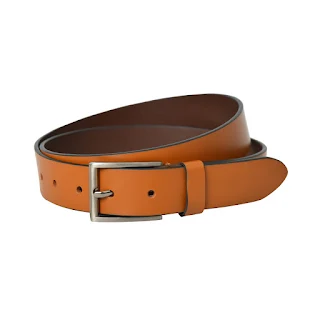There are many types of leather that can be used to make jackets, and the best type for you will depend on your personal preferences and the specific use case for the jacket. Some popular types of leather for jackets include:
- Sheepskin: Sheepskin is a soft, supple leather that is often used to make jackets because it is comfortable to wear. It is also water-resistant, which can be useful for jackets that will be worn in inclement weather.
- Lambskin: Lambskin is a softer, more supple leather than cowhide, and it is often used to make high-end jackets because of its luxurious feel. It is also more expensive than cowhide.
- Goatskin: Goatskin is a strong, durable leather that is often used to make jackets for outdoor or work-related activities. It is resistant to water and stains, and it is often treated to make it even more durable.
- Buffalo leather: Buffalo leather is a thick, heavy leather that is often used to make jackets for outdoor activities. It is very durable and resistant to wear and tear, but it can be more expensive than other types of leather.
Ultimately, the best leather for a jacket will depend on your personal preferences and the specific use case for the jacket. It is important to consider factors such as the intended use, budget, and desired appearance when choosing the leather for your jacket.





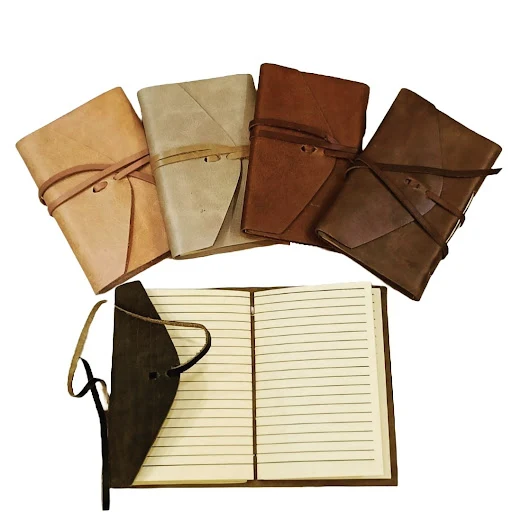

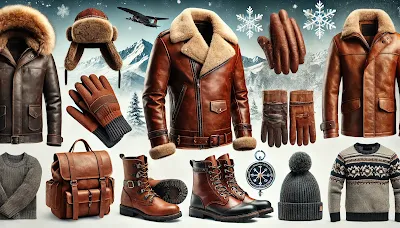


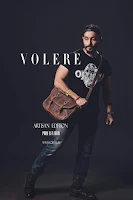


.jpg)

.JPG)
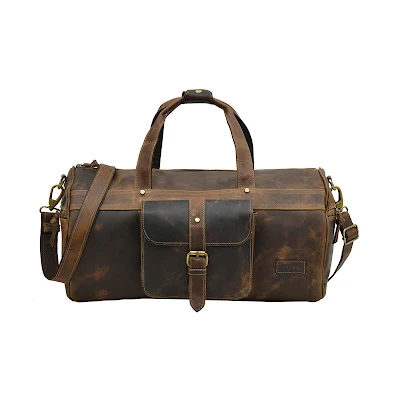

.jpg)


